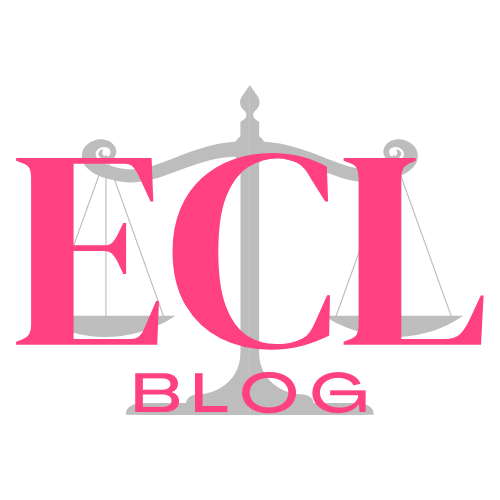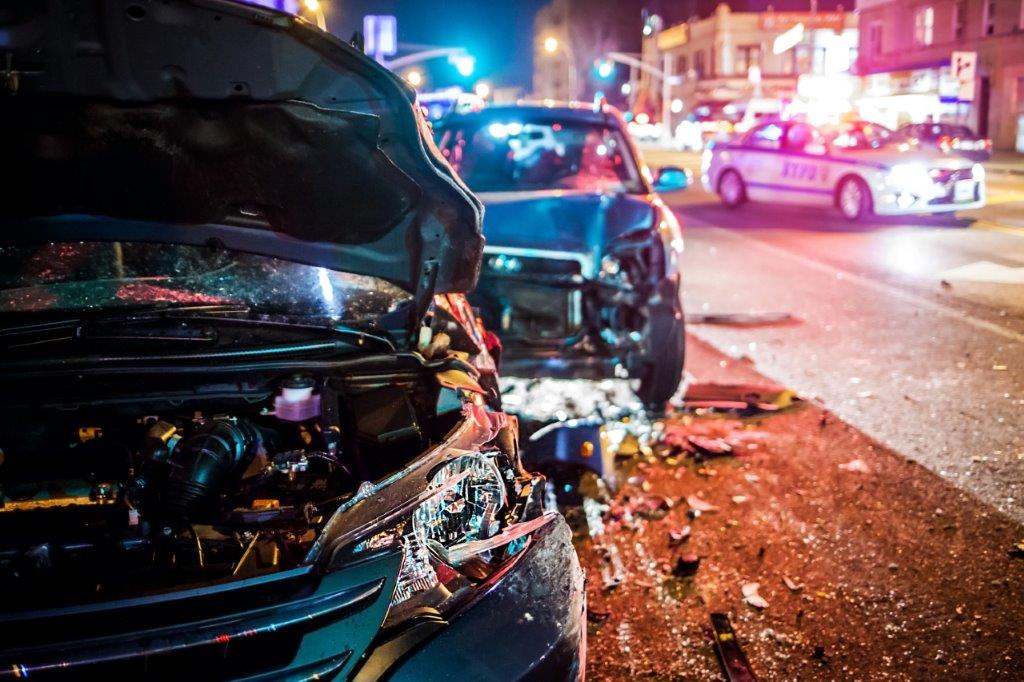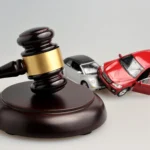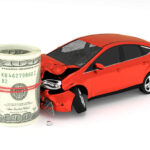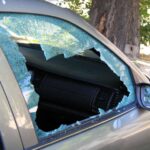Car accidents can happen to anyone, anytime, anywhere – and Washington State is no exception. When they do occur, knowing the car accident laws in this state is essential. These laws are in place to protect your rights and ensure a fair resolution in case you’re involved in a collision. In this guide, Eastcoastlaws.com will break down the car accident laws in Washington State in a straightforward manner. Whether you’re a resident, a newcomer, or just passing through, understanding the basics of liability, insurance requirements, and your legal rights is crucial. By the end of this article, you’ll have a clear grasp of what to expect and how to navigate the legal process after a car accident.
Is Washington A No-fault State?
Washington is not a no-fault state when it comes to auto insurance. Instead, it follows the traditional fault-based system for insurance claims. In Washington, the at-fault driver is responsible for covering the damages resulting from an accident. However, the state also requires drivers to carry personal injury protection (PIP) coverage, which provides benefits regardless of fault.
This dual system aims to ensure that injured parties receive swift medical coverage while still allowing them to pursue legal action against the responsible party. It’s essential for Washington residents to understand these insurance regulations when navigating accident claims.
Washington Is a “Fault-Based” Auto Insurance State
A no-fault system for auto insurance has been established by several states. No matter who was at blame for the collision, a driver must file an injury claim with their own auto insurance provider following a collision.
Washington Is a Fault-Based State
No-fault laws do not apply in Washington. Washington instead uses a conventional “fault-based” insurance system. Why does this matter? You are free to file a lawsuit or make an insurance claim if you suffer injuries or property damage in an automobile collision, regardless of who is legally at fault. You are not required to submit a claim against your own auto insurance coverage before doing so.
Also Read: WASHINGTON STATE LEMON LAW: ULTIMATE GUIDE
Washington’s Auto Insurance Requirements
Anyone who uses a motor vehicle in Washington is required by law to adhere to the state’s financial responsibility standard. (Washington Revised Code section 46.30.20(1)(a) (2023)). For the majority of drivers, this entails acquiring auto insurance coverage that meets the state’s minimum liability coverage limits:
- $25,000 for bodily injury to, or the death of, a person
- $50,000 for bodily injuries or deaths per accident, and
- $10,000 for property damage per accident.
(Wash. Rev. Code § 46.29.490 (2023)).
You must comply with the financial responsibility law of the state where your automobile is registered if you are involved in a car accident in Washington while driving a vehicle with out-of-state registration.
Reporting A Washington Car Accident
In the event of an auto accident, when a police officer responds to the scene and conducts an investigation, a police report must be filed if the accident meets specific reportability criteria outlined in Washington Revised Code § 46.52.30(3) (2023). If a police report is not filed by the officer, individuals involved in the accident must take action within 4 days. This involves completing a Motor Vehicle Collision Report if the accident resulted in either:
- Damage amounting to $1,000 or more to any vehicle or property.
- Injury to, or the unfortunate death of, any individual, as stated in Washington Revised Code § 46.52.30(1) (2023).
This reporting obligation applies to all parties involved, including drivers, cyclists, pedestrians, and property owners, in a Washington car accident. Accessing a motor vehicle collision report online requires a fee of $10.50.
Also Read: WASHINGTON STATE LEMON LAW FOR USED CARS
Post-accident requirements in Washington
Washington state law mandates that you complete the following 3 steps after a car accident:
- Stop your car at the location of the collision (or as near to it as you can),
- Give everybody involved in the collision your name, address, insurance provider, policy number, and car registration.
- Don’t hesitate to help anyone who needs it.
If your vehicle collides with one that is not in use, you must:
- At the scene of the collision, come to a complete stop, and
- Find the owner of the car and leave them a letter with your name and phone number on it.
What to do Following a Car Accident in Washington State
Following a car accident in Washington, it’s crucial to prioritize your well-being, even if you don’t initially feel injured. Seeking immediate medical evaluation is essential since some injuries may not manifest immediately and require professional identification and treatment.
To protect your rights and potentially secure compensation, adhere to these recommended steps:
- Dial 911 for medical assistance and ensure the well-being of others involved, providing vital information to emergency services.
- If safe and physically able, document the accident scene with photos and videos, capturing vehicles, road conditions, and relevant details.
- Keep conversations concise and avoid admitting fault or apologizing, even if tempted.
- Cooperate with law enforcement, responding only to their specific inquiries.
- Notify your insurance provider about the accident promptly.
- Consult with a skilled car accident attorney who can navigate the legal complexities and advocate for fair compensation for your incurred damages.
Washington Car Accident Statute of Limitations
A “statute of limitations” is a legal provision that establishes a stringent time limit on your ability to bring a case. Typically, there are several time deadlines for various circumstances. The statute of limitations for medical malpractice cases and auto accidents, for instance, may differ.
Among all laws, statutes of limitations are frequently the most difficult to understand and comprehend. It’s simple to make a mistake that could prevent you from being able to bring a lawsuit. You should speak with a knowledgeable Washington lawyer if you have questions concerning the statute of limitations in your particular situation.
The standard statute of limitations that is applicable to the majority of personal injury lawsuits in Washington also applies to most vehicle accident litigation. A lawsuit for “injury to the person or rights of another” must be brought within 3 years, specifically. (4.16.80(2) of the Washington Revised Code (2023)). This deadline is applicable to any automobile accident injury claim filed following a collision by a driver, passenger, motorcyclist, cyclist, user of an electronic scooter, or pedestrian.
What if your property was harmed but you weren’t hurt? The same 3-year statute of limitations applies to claims of “injuring personal property”. In addition, if a person is killed in an auto accident and the victim’s surviving family members wish to file a wrongful death claim, they must do so within three years of the accident.
When Does the Statute of Limitations Start?
The statute of limitations clock for situations involving personal injuries and property damage begins to tick on the day of the collision. However, a wrongful death lawsuit’s statute of limitations term begins on the date of the victim’s death, which may be after the date of the accident.
The statute of limitations may be “tolled”—stopped for a while—in some unique circumstances, giving you more time to launch a lawsuit. These instances, however, do not represent the norm. Once more, if you have any questions, get in touch with a respectable Washington lawyer.
Also Read: WASHINGTON D.C.’S TEEN DRIVING LAWS AND INSURANCE REQUIREMENTS
What Happens When Both Drivers Are at Fault?
Suppose you file a lawsuit after suffering severe injuries in an automobile accident in Washington. The jury determines that you share some of the guilt for the accident but that the other driver was primarily to blame after hearing all the evidence. What follows is what? How will this decision impact your ability to seek compensation?
Washington Is a Pure Comparative Negligence State
Washington uses a technique known as “pure comparative negligence” where two or more drivers are equally at fault for an accident. Even if you share some of the blame for an automobile accident, you may still be able to sue for damages under pure comparative negligence statutes. However, your portion of the total negligence will lower the amount of damages you receive.
Even if you are more at fault than the other party, you are still entitled to compensation. However, keep in mind that you (or your auto insurance provider) will probably be liable for the other driver’s losses.
Pure Comparative Negligence Examples
Let’s say you file a lawsuit against another driver for personal injuries sustained in a collision. In response, the other driver says that you’re also to responsible for the collision. Following a trial, a jury determines that you are entitled to $100,000 in total damages (for your physical injuries, anguish and suffering, and other injury-related out-of-pocket costs). The jury determined that the personal injury damages for the other driver amounted $50,000.
- Example 1: You are 10% at fault, and the other driver is 90% at fault.
In this case, the jury assigns 10% of the blame to you, mainly due to your speeding. You must reduce your total damages of $100,000 by 10%, resulting in $90,000 in recoverable damages. The other driver’s $50,000 in damages is reduced by 90%, leaving them with a net recovery of $5,000.
- Example 2: You are 90% at fault, and the other driver is 10% at fault.
In this scenario, the jury determines that you were primarily responsible, attributing 90% of the fault to you and only 10% to the other driver. Consequently, your $100,000 total damage award is reduced by 90%, resulting in a $10,000 recovery. The other driver’s $50,000 damage award is reduced by $5,000 (10% of the total negligence), and you (or your auto insurer) must compensate them with $45,000.
Why Should You Report A Car Accident
It may be in your best interest to report an accident even if you are not legally compelled to. Why? The entire effect of the accident is frequently unknown until much later. A few days after the injury, your body can begin to pain. Your car can have more damage than you thought upon inspection. If you can provide your insurance company with an accident report as proof, filing a claim with them might be simpler and more successful.
